Toxic offense dooms Flyers' playoff chances, and change won't be easy
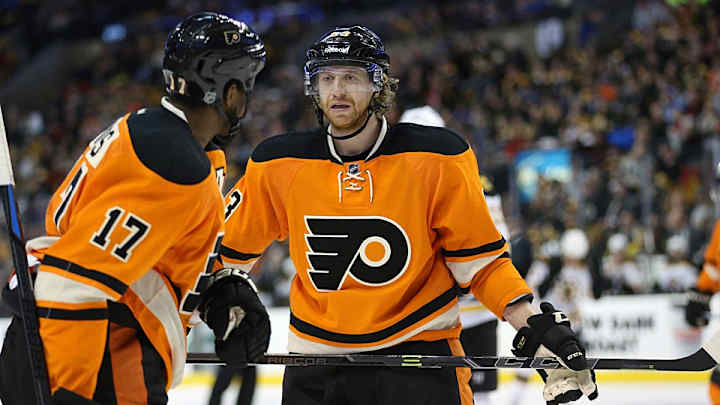
When the Flyers look back on this lost season, they'll point to a crushing defeat on March 7 as the moment when their wheels came off.
Of course that 3–2 loss to the Bruins—one in which they allowed Brad Marchand to tie the game with 15 seconds remaining and then win it 3:52 into overtime—was only symptomatic of the Flyers’ fatal flaw: the inability to win the tight one.
This team mastered the “close, but no cigar” result. Forty of the 76 games that Philadelphia has played so far this season were decided by a single goal. Just 14 of them, a lousy 35%, were won by the Flyers.
Broken down, that’s six of 15 in regulation. Five of 12 in overtime. And in the shootout, just three of 13.
Their 17 defeats after regulation are the most of any team in the league.
And the problem only got worse as the season worn on. In their past eight one-goal games, the Flyers are ... wait for it ... 0–8.
New teams rising to fill NHL's growing power vacuum
It’s not too hard to finger the culprit, either. For all the grief that lands on this team’s defense, it was Philadelphia’s ham-fisted attack that sailed this ship into the rocks.
One-goal margin or not, this team can’t score. Jakub Voracek is challenging for the Art Ross Trophy, but he's pretty much the show. The Flyers rank 22ndin offense this season, averaging 2.57 goals per game. Sure, they’re aces on the power play, but at five-on-five, they’re 25th. There’s not a lot of fruit down that path.
It was a shocking reversal of fortune for a team that ranked eighth last season after scoring an average of 2.85 goals per game. In fact, the 2013-14 Flyers boasted one of the most balanced attacks in the league with seven 20-goal scorers: Wayne Simmonds (29), Claude Giroux (28), Voracek (23), Matt Read (22), Scott Hartnell (20), Vincent Lecavalier (20) and Brayden Schenn (20).
This season, the sunshine list is down to just four: Simmonds (28), Giroux (23), Voracek (21) and Michael Raffl, the only newcomer, who scored 20. While that contribution helped, there was too much slack for one man to pick up. Schenn’s in the neighborhood with 14 goals, but the others fell well off the pace. Read and Lecavalier have scored just seven each this season. Hartnell has 25, but he’s scored them for Columbus. The man who replaced him in Philly, R.J. Umberger, has just nine.
As a group, the Flyers forwards averaged 5.9 points per game last season. This season? They clocked in at 5.3.
The reasons for the decline are clear. While Craig Berube’s system defense-first system has stabilized the back end (Philly’s goals-against are down slightly this season to 2.75 from 2.77) it has stifled the flow of every line but the first. Of course it’s not all on the coach. Sean Couturier may be a second-line center at some point in his career, but he’s ill-suited for the role now. Lecavalier, an ill-fitting part in Berube’s eyes, has been relegated to spare part status. Umberger was never going to contribute the way Hartnell could, even if he’d been healthy. Read suffered an inevitable decline after a career year. And Schenn stopped shooting.
It’s a toxic mix that left the team incapable of coming up with that big push when they needed it most.
So what do the Flyers do next? Barring an unexpected jump in the salary cap—or GM Ron Hextall finding someone to take the bloated salaries of Luke Schenn or Nik Grossman off his books—they don’t have the room to make any significant additions. And with few impact players expected to be available in free agency or via trade, they’re probably coming back with basically the same group next season.
How does he sell that to owner Ed Snider who, at age 82, is probably disinclined to wait out another frustrating campaign?
Hextall has one move. Fire Berube and put someone in charge who values scoring.
No telling who that could be yet, although Guy Boucher might be a nice fit. The former Lightning bench boss, currently coaching Bern of the Swiss league, knows how to motivate an offense. Bern finished third in the league this season with 158 goals.
Clearly something has to change in Philly. And it has to start with the offense.
GALLERY: Most Underrated NHL Players
Most Underrated NHL Players
15. Blake Wheeler
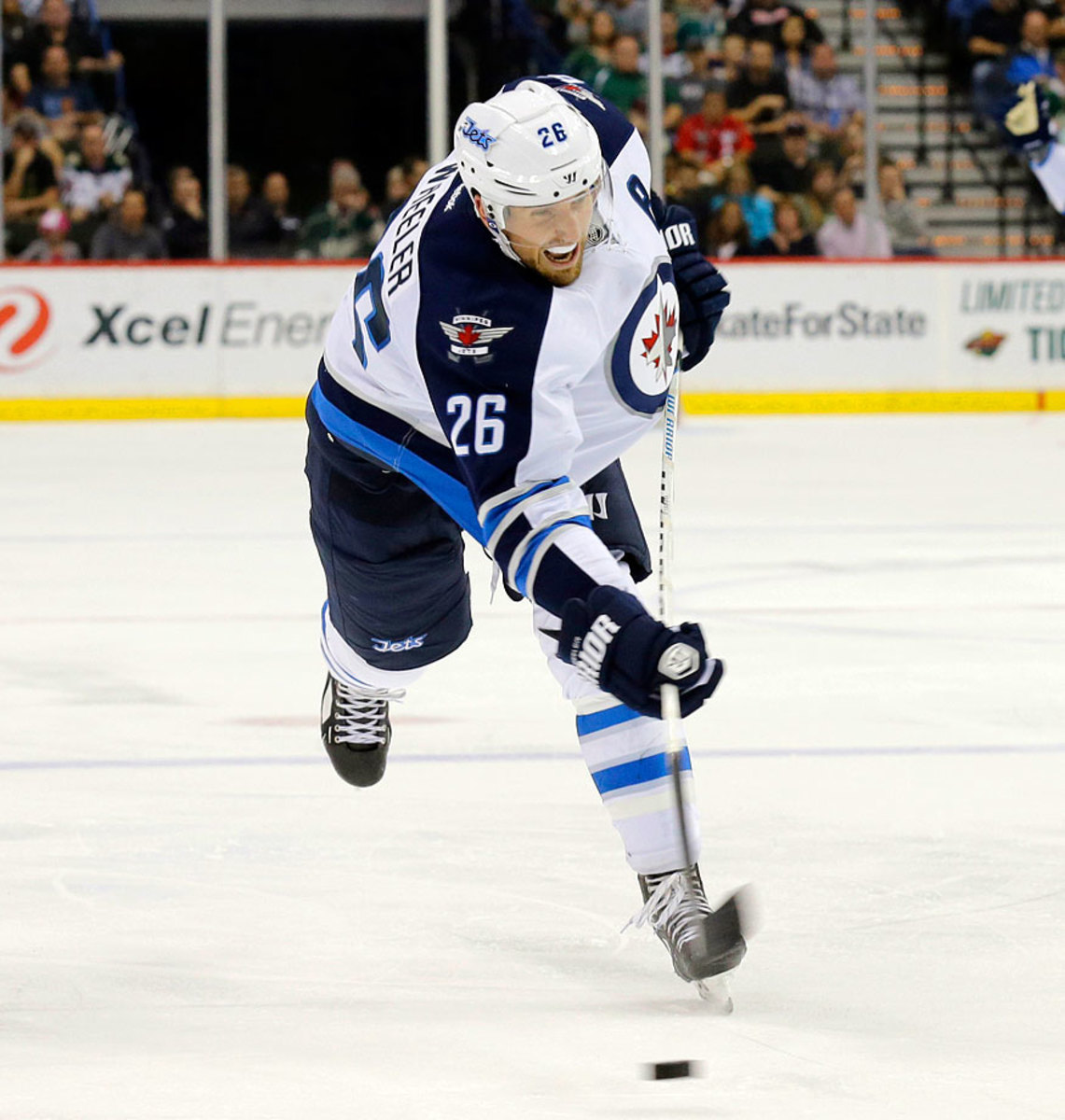
It’s not often that a top-five draft selection flies under the radar, but that’s the downside to skating in Winnipeg. In another market, Wheeler would be celebrated as the winger who symbolizes the new game. He plays the game at top speed and with clear purpose, and is an excellent playmaker and finisher who is dogged at both ends of the ice. “He’s been our most consistent driver,” said coach Paul Maurice.
14. Antoine Roussel
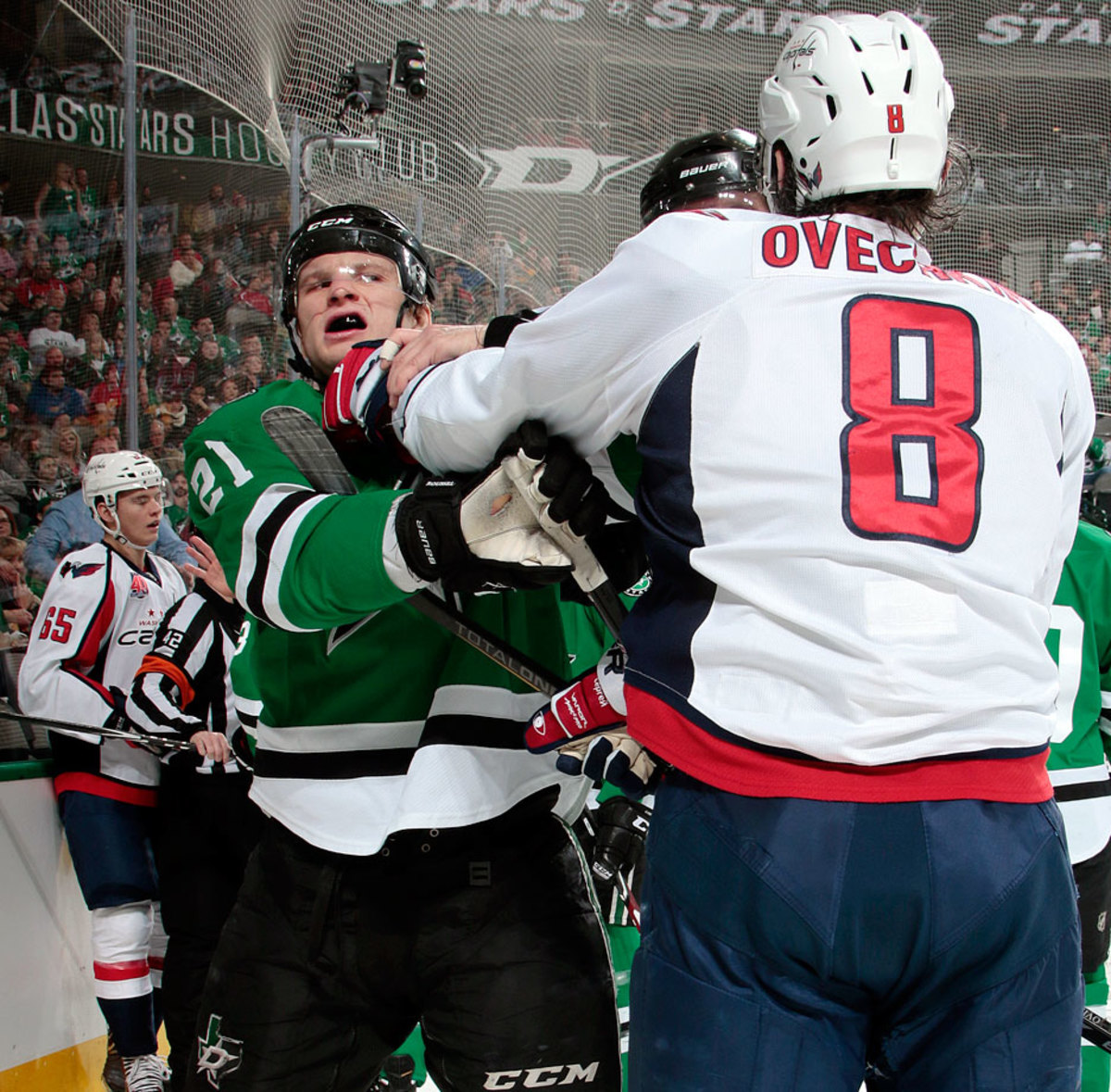
To casual observes, Roussel’s one of those “players you love to hate.” He’s an agitator, a chirper and a cheap-shot artist whose willingness to venture well over the line has him fifth in the NHL with 128 penalty minutes. But here’s what you’re missing: He’s a relentless defender, a premier penalty killer and an excellent playmaker and finisher. He’s also a player who fearlessly (and consistently) ventures to the most dangerous parts of the ice. “He really makes things happen,” said Stars coach Lindy Ruff.
13. Mikael Backlund
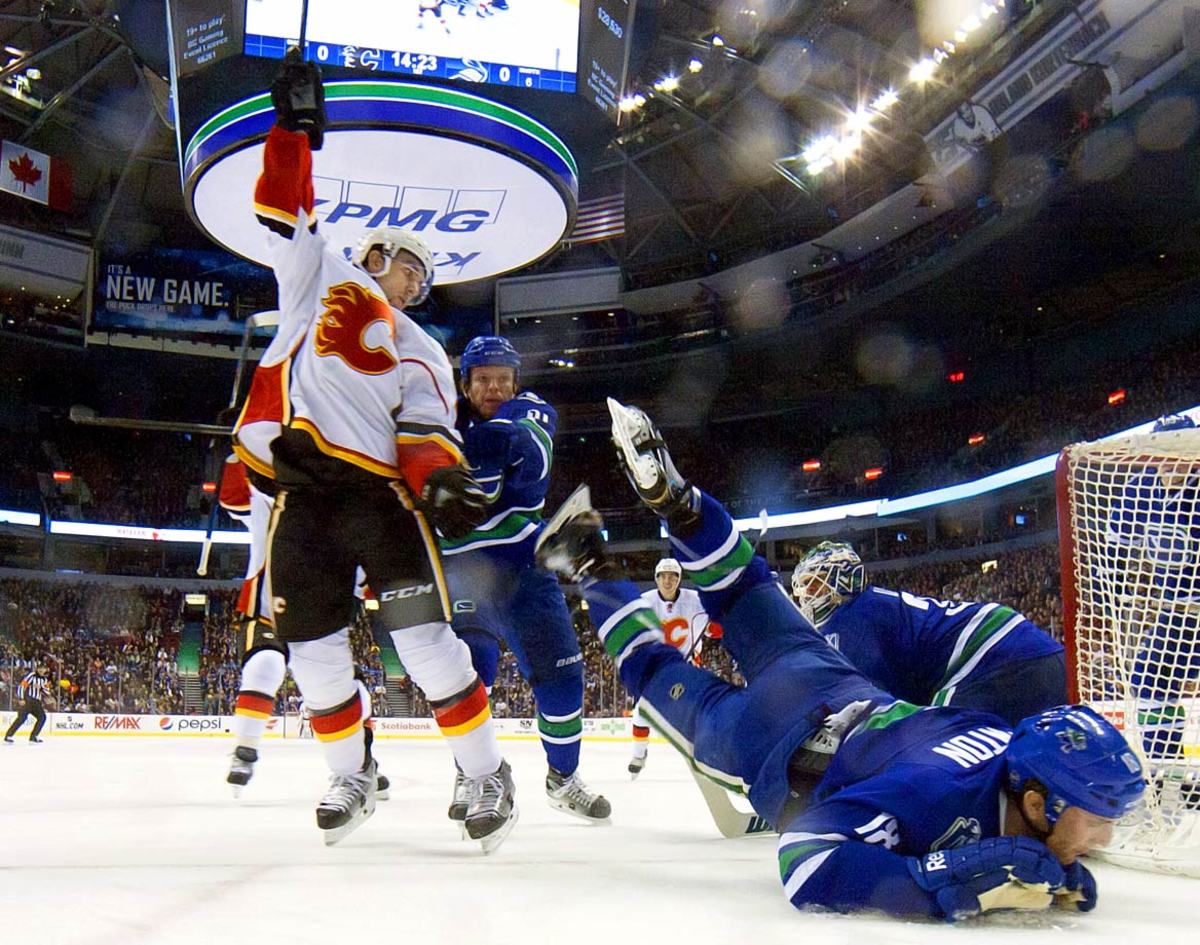
Another player whose reputation was snowed under by a slow start to his career, Backlund has finally emerged this season as a high-end two-way center who is capable of shutting down opposing forwards while generating his share of offense on the counterattack. “He’s someone who can handle tough minutes and always seems to be on the right side of the puck,” said coach Bob Hartley.
12. Cory Schneider
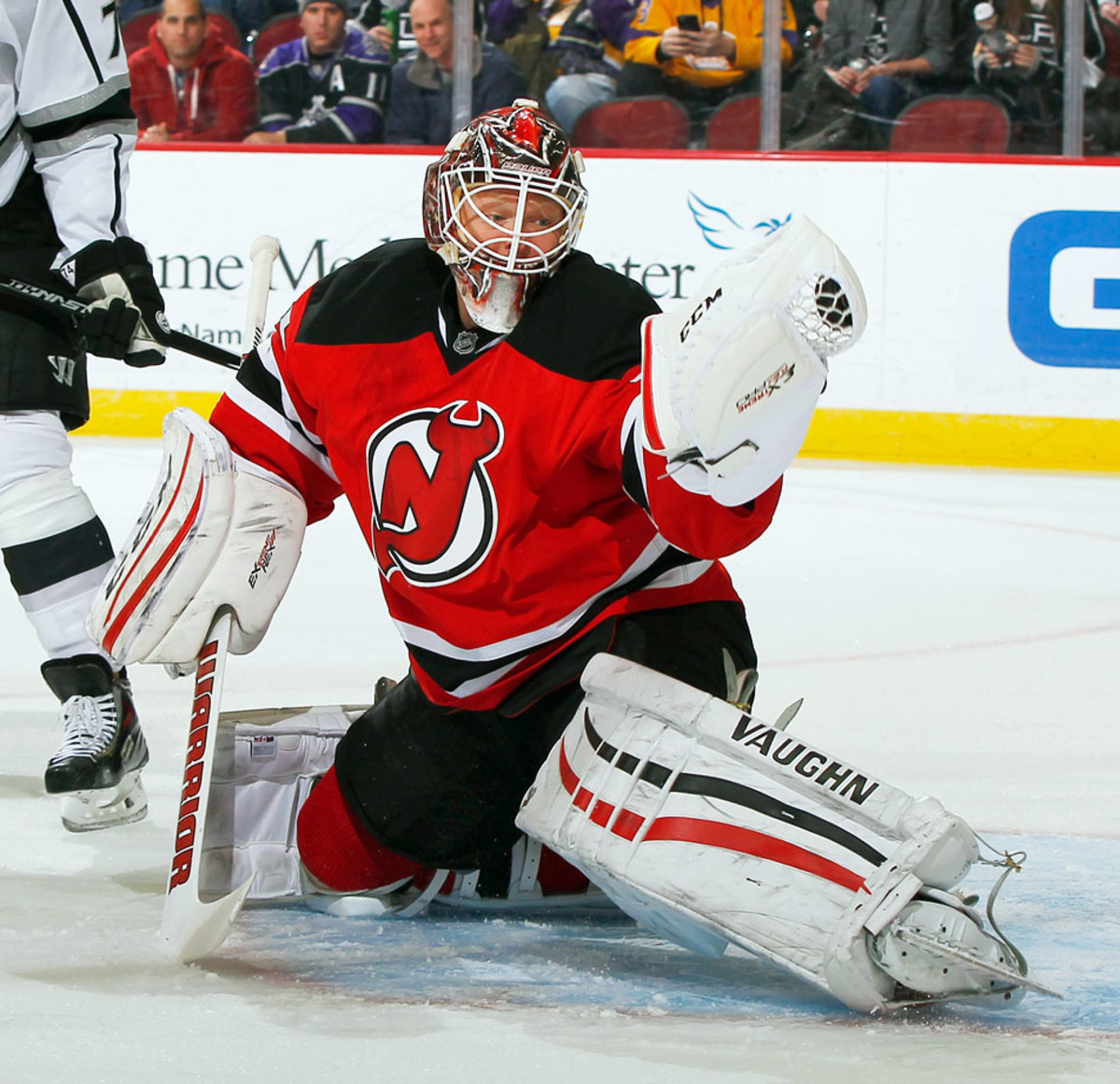
Yes, everyone pretty much agrees that Schneider’s good. But that doesn’t mean the man is getting his due. He faces a higher shot volume than any other goalie (1,830), is top-five in both save percentage (.928) and GAA (2.17) and he’s second only to Carey Price in quality starts during the past three seasons. He won’t get the wins in New Jersey he needs to enter the mainstream conversation, but Schneider clearly is one of the very best in the game.
11. Tyler Ennis
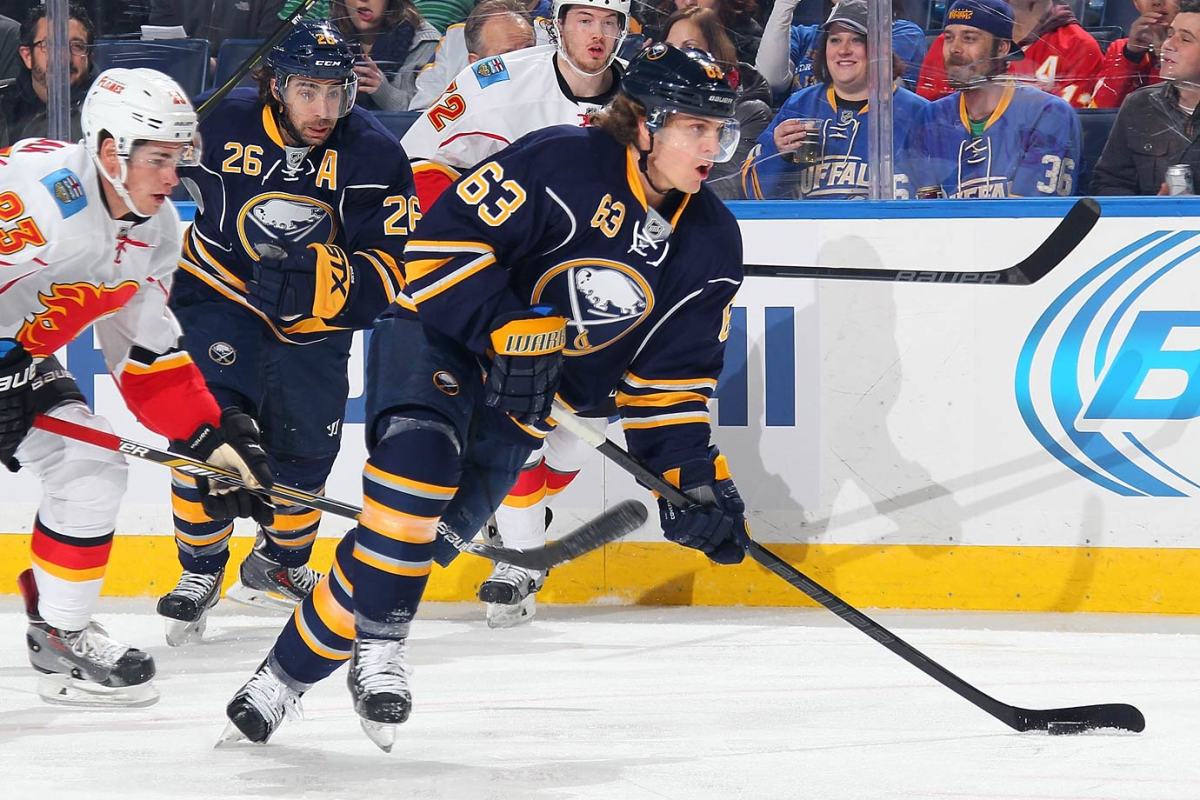
At 5' 9", Ennis is used to being overlooked, and playing on a historically bad team doesn’t exactly boost his profile. But he’s transformed his game this season, growing from a solid, if limited, player into someone who drives the offense and makes everyone around him better. While he’s putting up numbers that are as good as any in his career, he’s become a top-notch forechecker, a committed physical presence, a smarter defender and a more effective attacker, along with a power play QB. “He does so many things so well,” said coach Ted Nolan. “He's made himself into an impact player.”
10. Corey Crawford
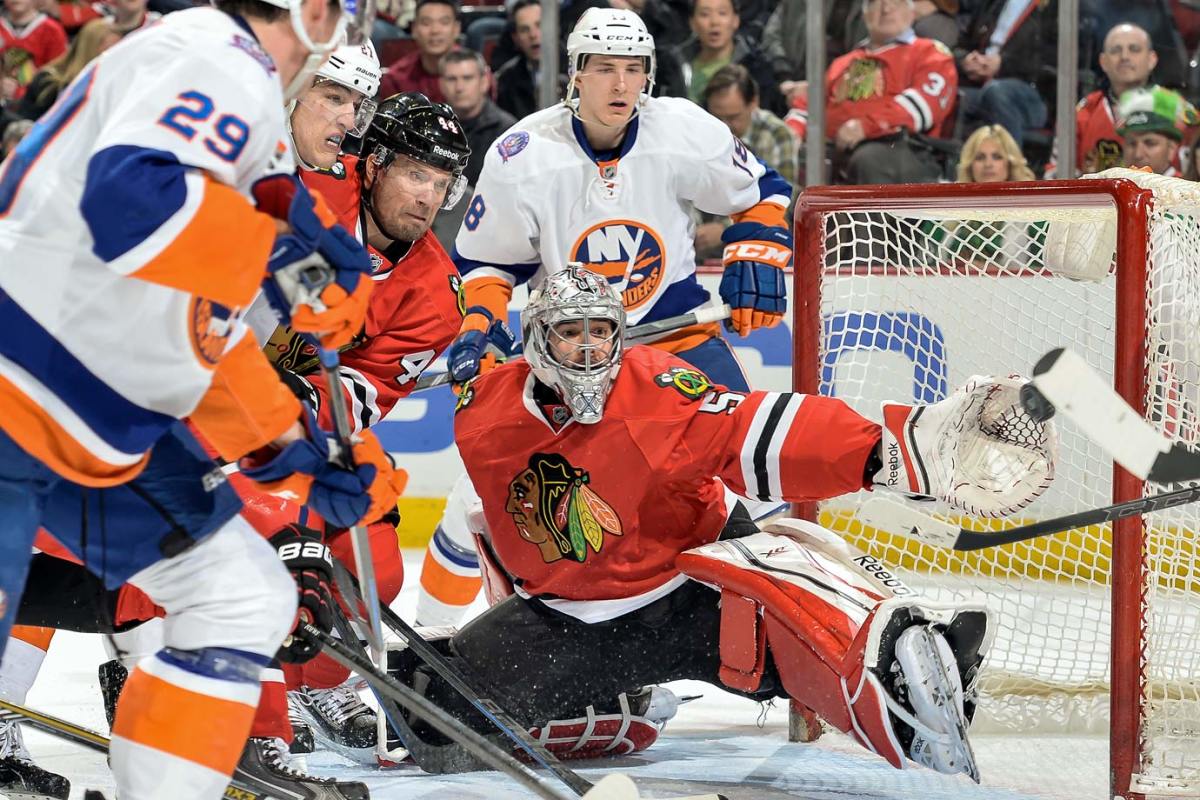
Despite backstopping a Stanley Cup winner, Crawford has been regarded by many as the weak link in Chicago’s armor, a beneficiary of reflected glory. That’s just not the case. Consider his play this season, wherein the absence of Patrick Kane has stalled the offense and put more pressure on the Hawks’ defense. Crawford responded with numbers that could top his career bests, including a .925 save percentage and 30 wins. “As the games get bigger,” said coach Joel Quenneville, “he gets bigger.”
9. Max Pacioretty
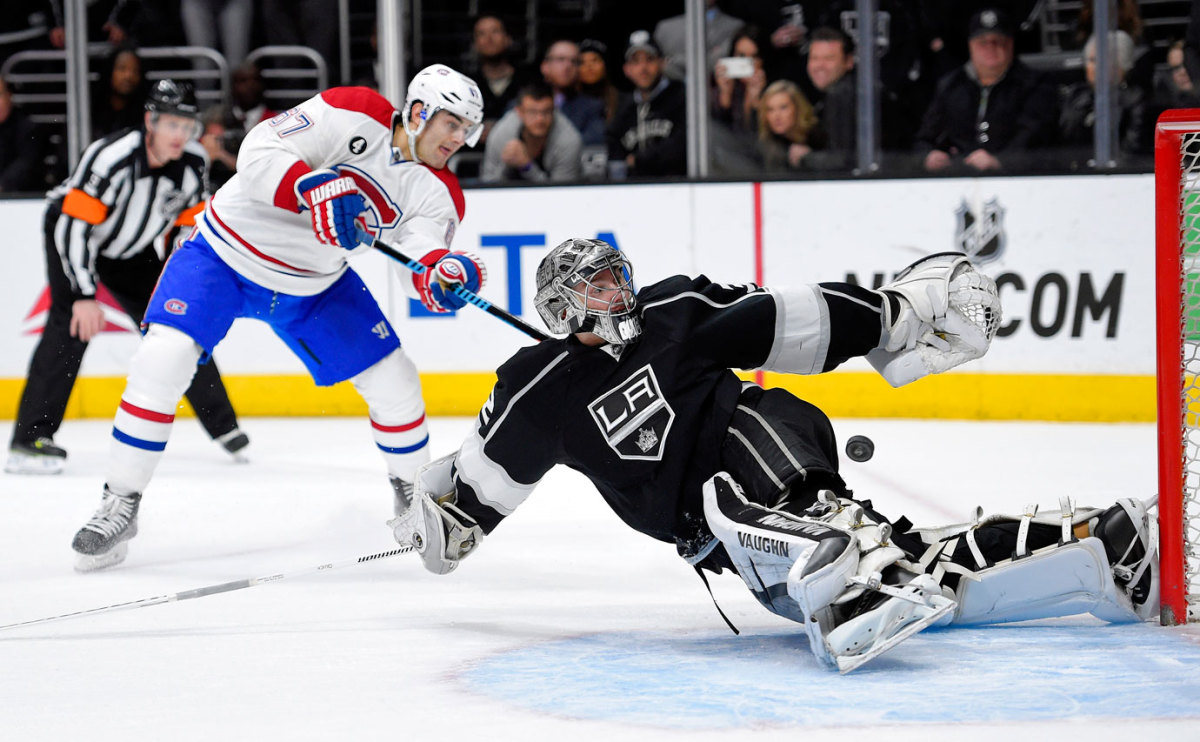
What’s an Olympian and an All-Star doing on this list? Simple—no one talks about MaxPac outside of Montreal. And that’s ridiculous. Sure, P.K. Subban’s big personality and the Ken Dryden-like excellence of Carey Price draw a lot of attention, but look at the numbers: Since the start of the 2012-13 season, just two players (Rick Nash and Corey Perry) have scored more goals at five-on-five than Pacioretty (55). He deserves to be recognized as an elite sniper.
8. Derick Brassard
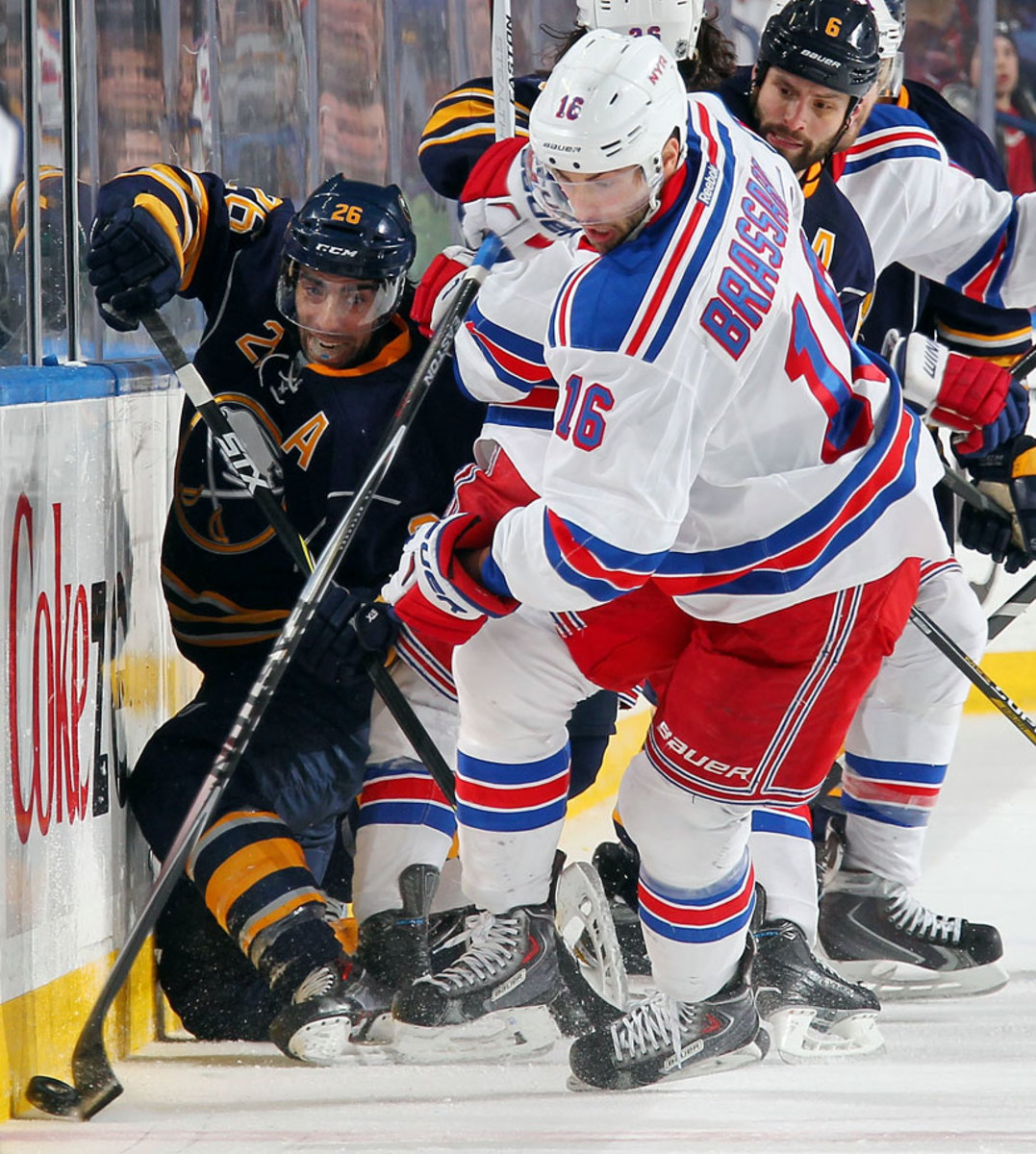
Brassard hasn’t yet shaken the reputation that he earned early in his career for being wildly inconsistent, and the truth is that it’ll probably haunt him for some time. But he’s proved this season that he can be a more reliable player. That’s earned him more ice time, career-high stats and high praise from teammates.
7. Frans Nielsen
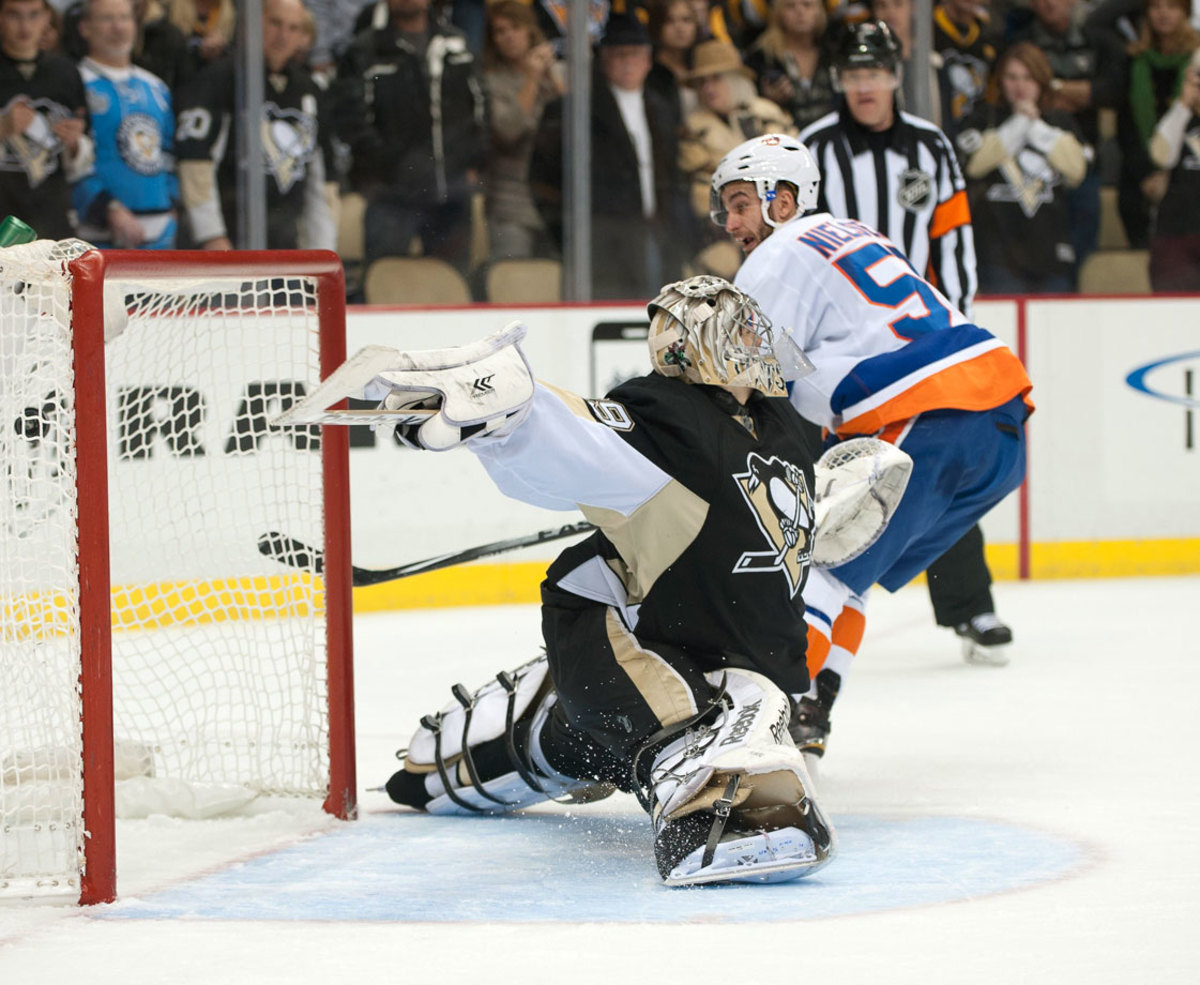
He’s the guy you want your kids watching when they’re learning how to play the game. Nielsen’s numbers will never dazzle, but his tireless work ethic and commitment to a high energy two-way game make him an invaluably part of the Islanders’ success at five-on-five and with the man advantage. “He’s a guy who always plays the right way,” teammate Kyle Okposo told The New York Times. “Never takes a short cut or the easy way out.”
6. T.J. Brodie
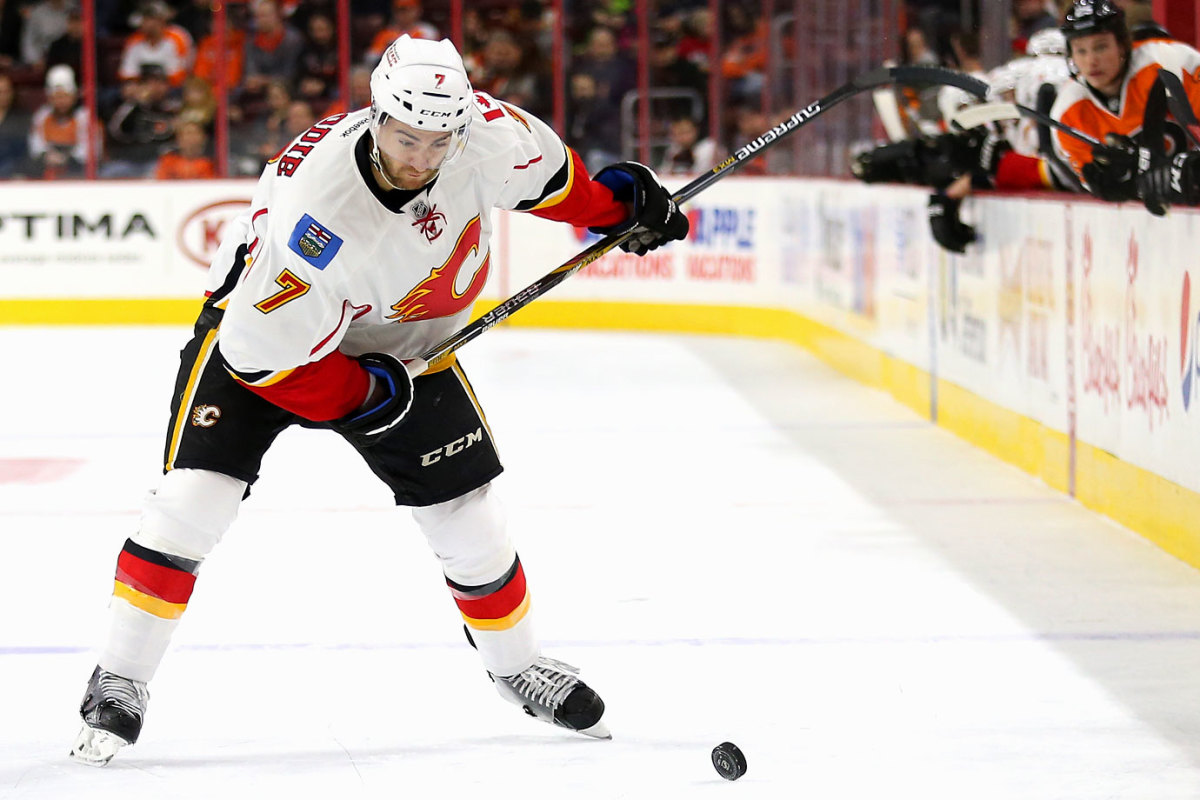
Playing alongside Mark Giordano—another player who knows something about being under appreciated—Brodie’s matured into an outstanding top pairing defender for the Flames at just 24. “I’ve rarely seen a young defenseman progress at such a quick pace,” coach Bob Hartley raved to the Calgary Sun. “He has so many good details—his positioning, the way that he angles a player, his stick ... his skating.”
5. Chris Tanev
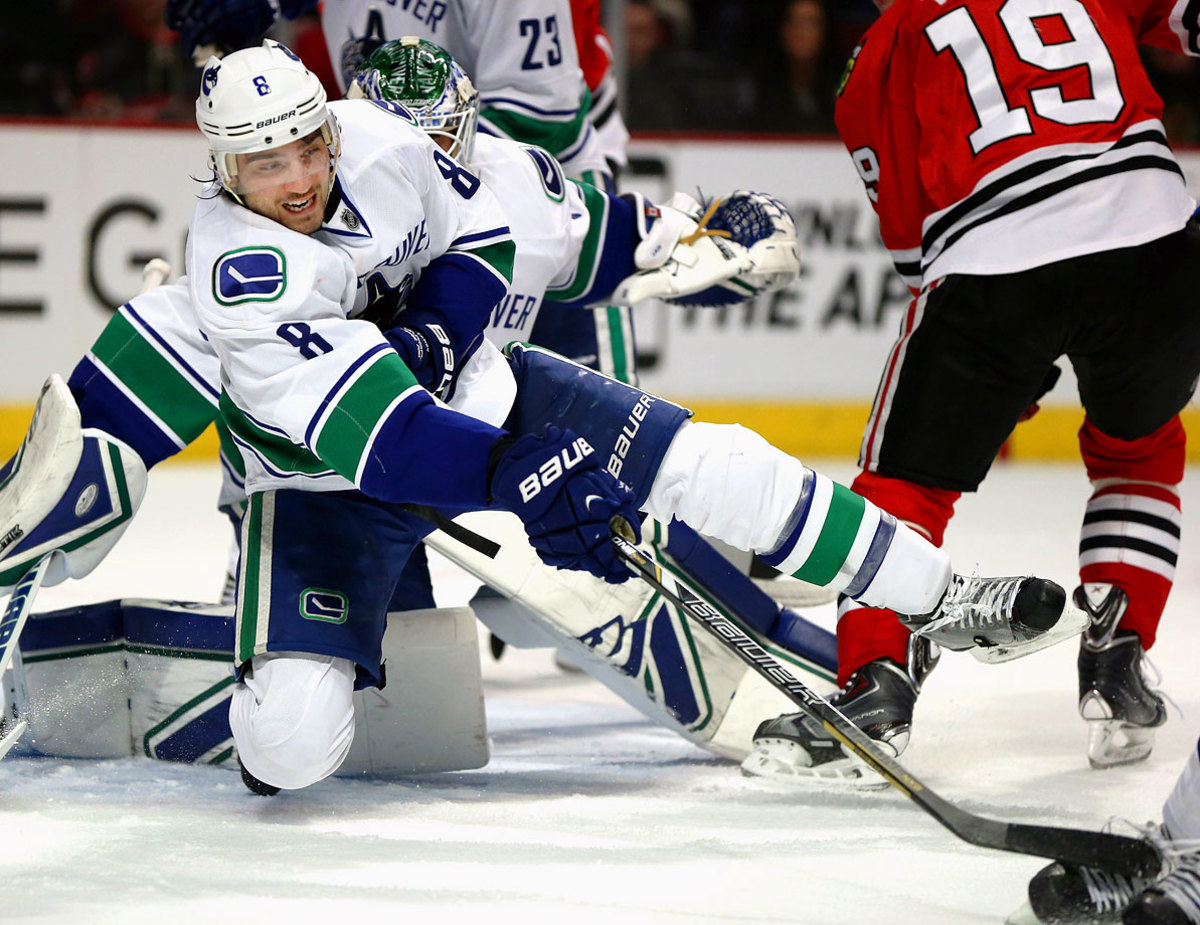
A classic late-bloomer who almost gave up the game as a teenager, Tanev has emerged as an excellent, if unlikely, top-pairing defender for the Canucks. Since being signed as a free agent out of RIT in 2010 he’s proved to be much more than the sum of his parts, and while the absence of one defining skill is likely to keep him under the national radar, he’s appreciated at home. “He’s a goalie’s best friend,” said teammate Eddie Lack.
4. Ondrej Palat
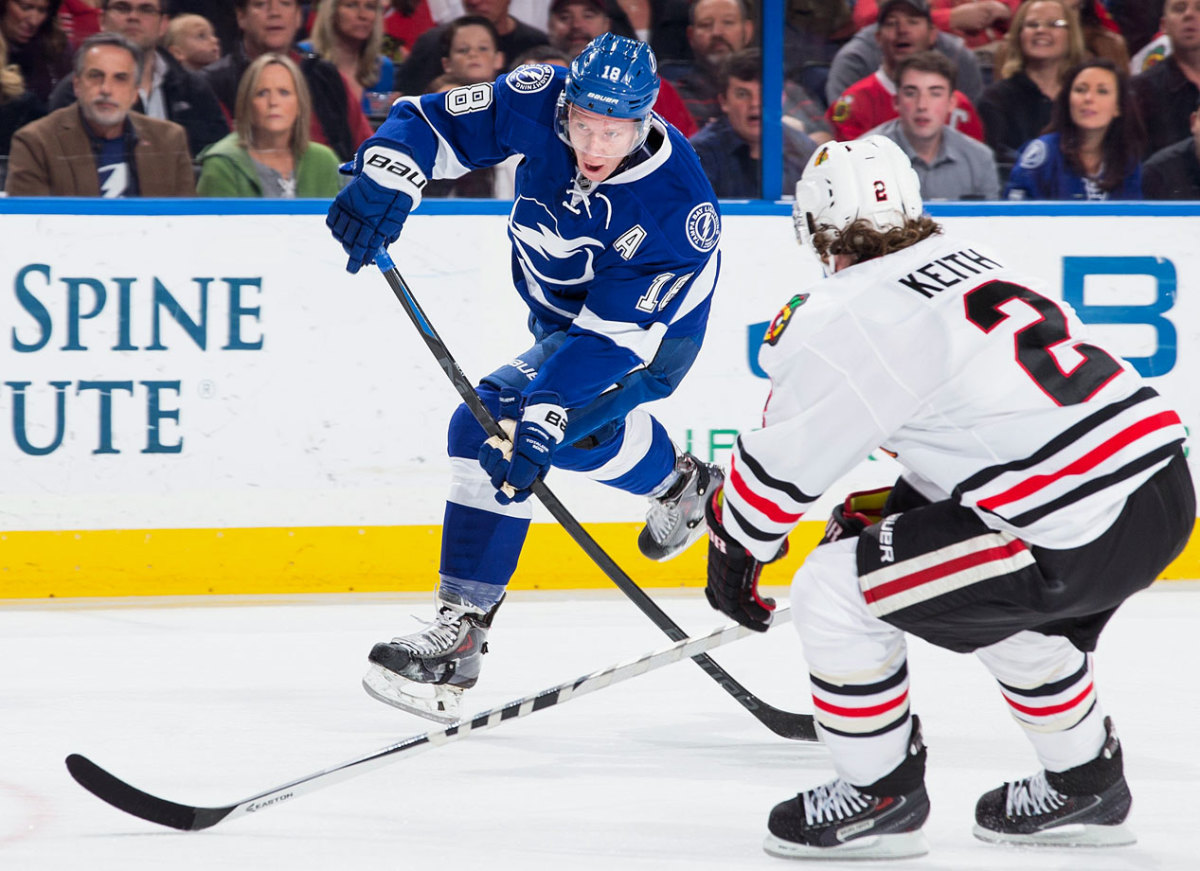
While linemate Tyler Johnson is building some buzz after being selected to appear in the All-Star Game, Palat quietly goes about his business as the best all-around player on one of the league’s best teams. “He plays in every situation,” said coach Jon Cooper. “He plays on the power play. He kills penalty. He’s out there in the last minute whether we’re up or down a goal.”
3. Bryan Little
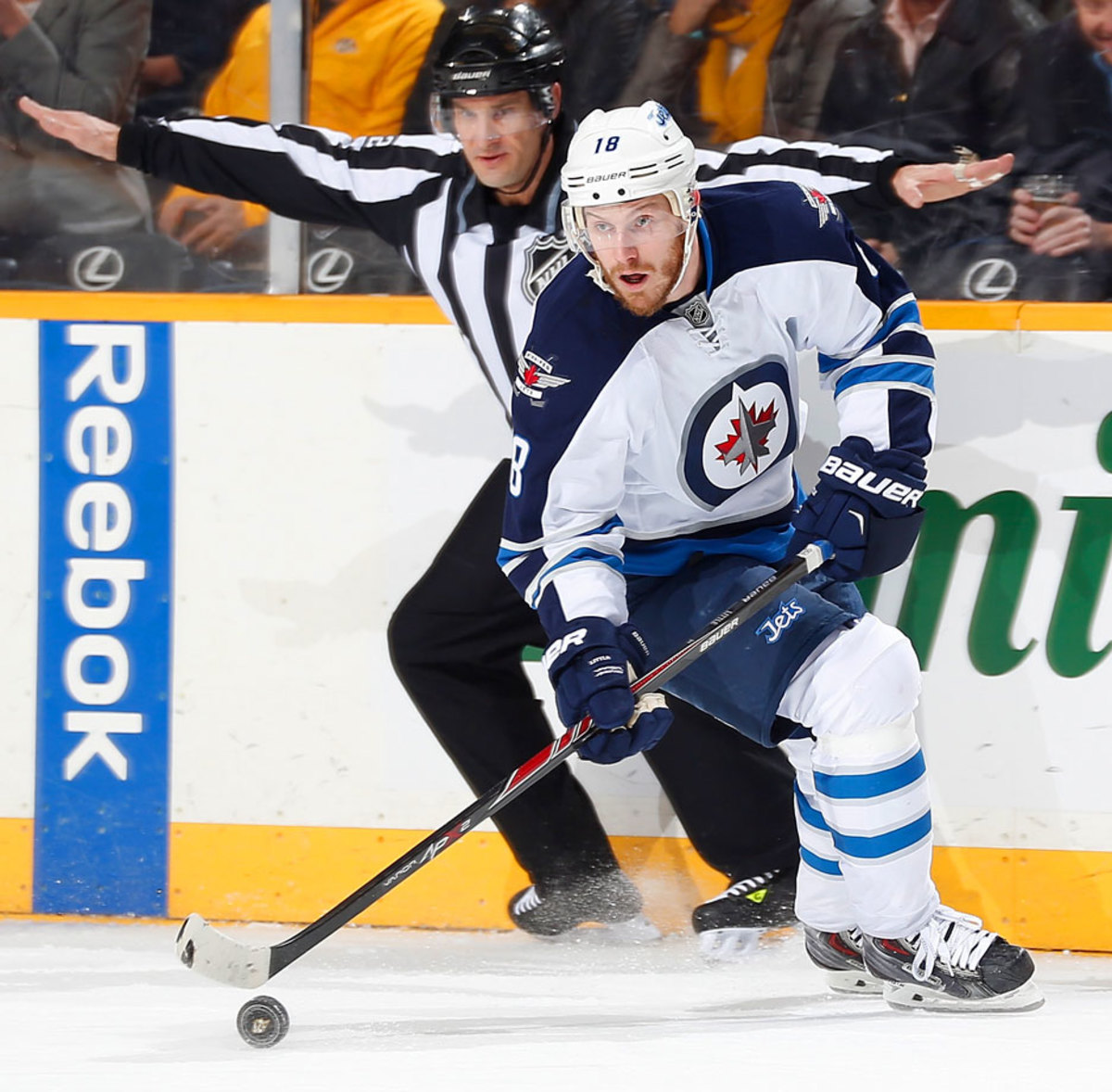
First-line centers typically don’t fly under the radar, but Little has always played the game in stealth mode. Quiet and unassuming, he’s been overshadowed while larger personalities like Dustin Byfuglien and Evander Kane have dominated the conversation around the Jets. But there’s no denying that he’s the engine that powers Winnipeg’s attack, a crafty playmaker with an excellent shot who manages to generate offense despite matching up against the league’s largest and toughest checkers.
2. Anton Stralman
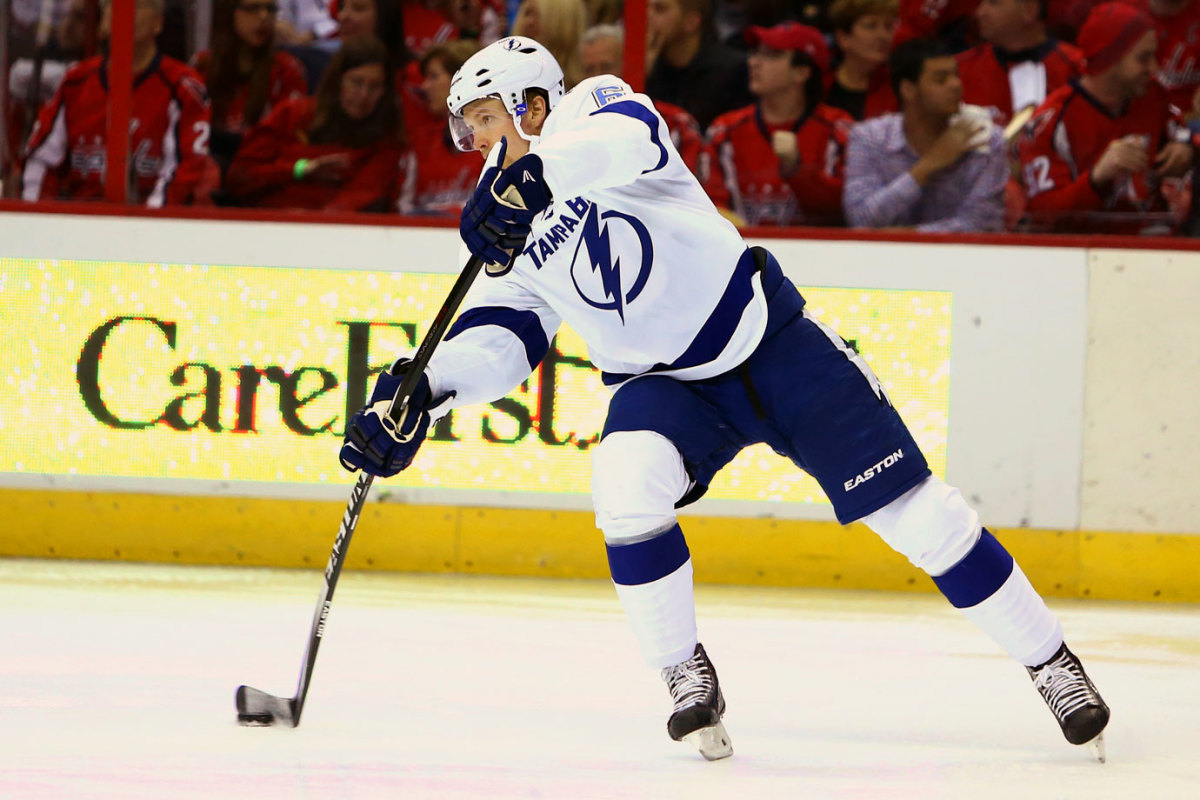
Stralman will likely never get his due, but it won’t be for a lack of tire pumpers. “He’s a great player,” said former Rangers partner Marc Staal. “He doesn't get near the attention he deserves.” Former coach Alain Vigneault once said Stralman “Does so many things well for us. A very underrated player.” While it’s clear that he’s a defensive stalwart, he isn’t often hailed for his ability to impact Tampa Bay’s possession game. His 56.7% Corsi For ranks second among all defensemen despite a workload that features a preponderance of defensive zone starts.
1. Tyson Barrie
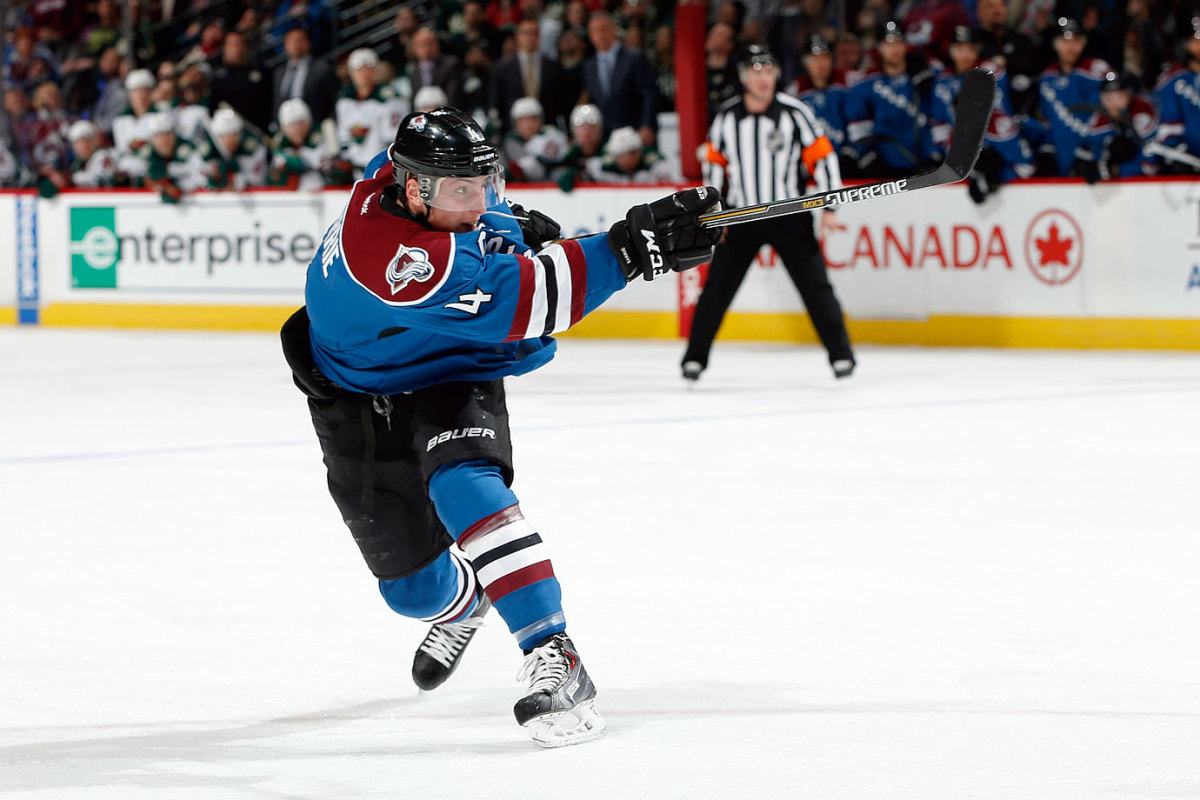
He’s the best offensive defenseman no one talks about. There are players who have put up more points than Barrie during the past two seasons, but only two—Victor Hedman and Erik Karlsson—have been more effective at generating offense during five-on-five play. Barrie scores an average of 1.3 points per 60 minutes played, making him more productive than Duncan Keith (1.15), P.K. Subban (1.04) and Shea Weber (0.99).
